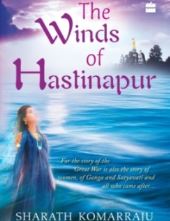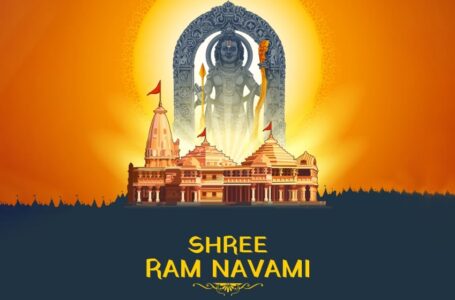Winds of Hastinapur

The Mahabharata is India’s perennial epic. For Indians it is in equal parts a collection of stories, a guide to life philosophy, and a book of religion. It is one of the two main cornerstones – the other one being The Ramayana – of Indian culture and way of life. So it is perhaps no wonder that in each generation, people of India go back to the epic in search – of stories, of characters that had hitherto not been explored, of angles that each incident could be viewed from, of reasons for motives, of explanations for actions. In all this they perhaps search most for themselves.
The Winds of Hastinapur, written by Sharath Komarraju, is not the first novel based on the Mahabharata. It will not be the last. But it holds its own in two aspects: one, it is narrated completely by the women characters (in this case, Ganga and Satyavati), and two: it is a fantasy-style recreation of an epic, so while there aren’t gods and goddesses in it, there is just the right amount of magic to make things interesting.
The first is important because in spite of a long history of retellings, no book before this one has given readers a completely feminine view of the events of the epic. Yes, some novels have been written from Draupadi’s viewpoint, and some from Kunti’s, but they all constrict themselves with first-person narratives which reduce the scope of the tale. Here, Sharath Komarraju promises us an ensemble cast of women throughout the entire sweep of the epic, and it proves to be compelling reading.
In Winds, we first read of Ganga, the last Lady of the River who has to bear a daughter to pass on her Mysteries to, but instead gets cursed and sent down to earth to bear Shantanu, the king of Hastinapur, eight children. We read of Satyavati, the fisher-girl who wants nothing more than to better the lot of the settlement into which she was born, and her only chance of achieving that is to attract the eye of the city’s High King.
The writing is musical and evocative, and what is truly commendable is how the author has taken a story driven by physical conflicts and womanised it by giving it a rich, tender layer of emotionality. As you read the book, you will find yourself empathising with Ganga and Satyavati, and you will root for them right to the end.
A deep, involved, enjoyable read.





